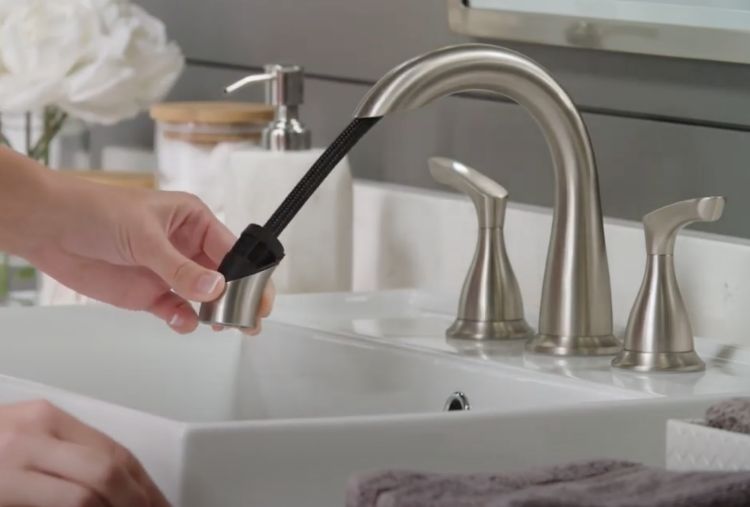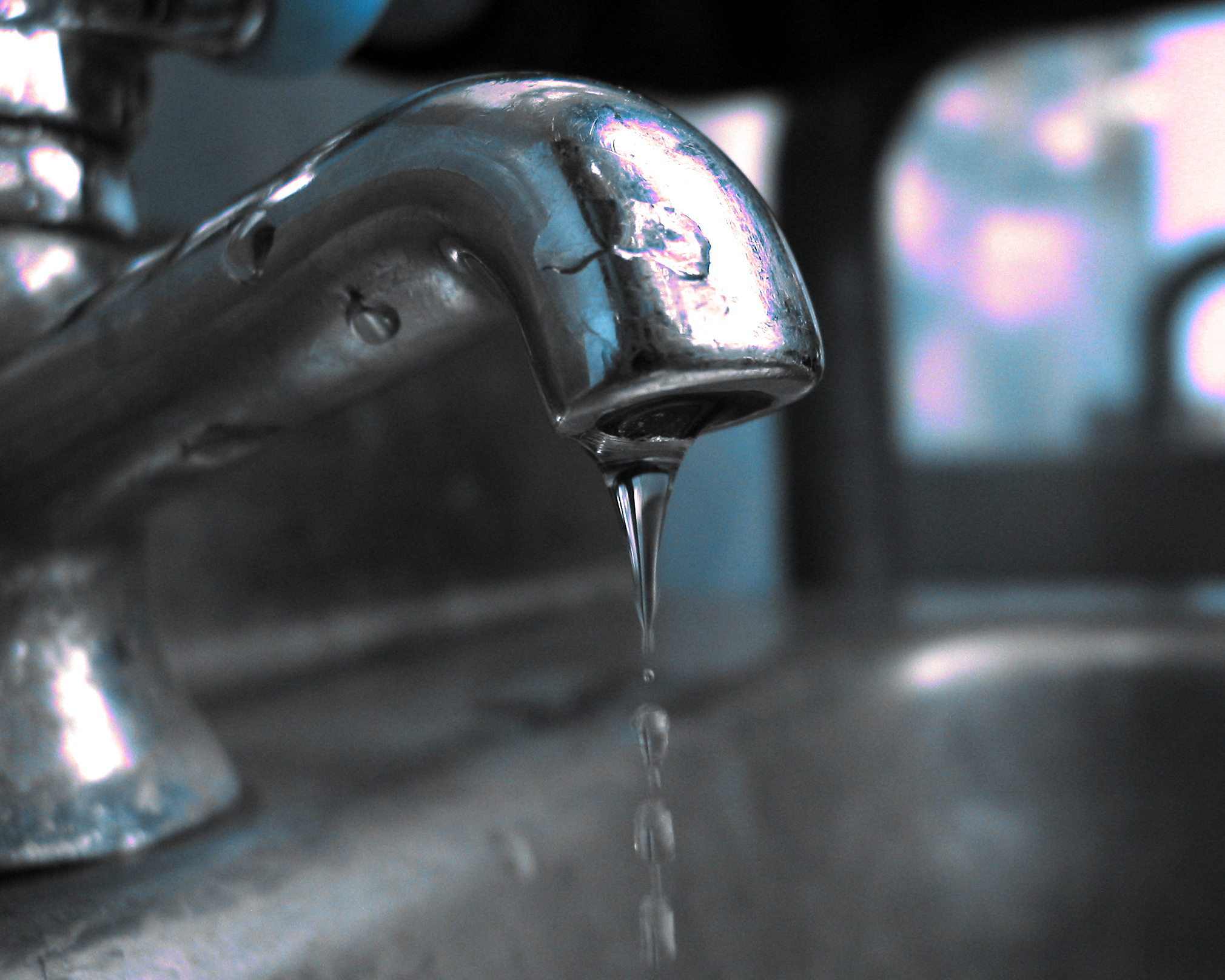Why It's Required to Fix a Leaking Faucet
Why It's Required to Fix a Leaking Faucet
Blog Article
The writer is making several great pointers about Should I Repair or Replace a Leaky Faucet? in general in this article which follows.

Trickling faucets might seem like a small aggravation, but their impact surpasses just the annoyance of the sound. From wasting water to incurring unnecessary economic prices and health and wellness threats, disregarding a leaking faucet can bring about various consequences. In this write-up, we'll explore why it's vital to address this typical house problem without delay and properly.
Wastage of Water
Ecological Impact
Leaking taps add substantially to water wastage. According to the Environmental Protection Agency (EPA), a solitary tap trickling at one drip per second can lose greater than 3,000 gallons of water per year. This not just stress water sources yet additionally affects ecological communities and wildlife based on them.
Step-by-Step Overview to Repairing a Dripping Tap
Tools Required
Prior to trying to repair a leaking faucet, gather the essential devices, including an adjustable wrench, screwdrivers, replacement parts (such as washing machines or cartridges), and plumber's tape.
Common Faucet Issues and Their Solutions
Recognize the type of faucet and the certain issue triggering the drip. Usual troubles consist of worn-out washers, corroded shutoff seats, or damaged O-rings. Describe producer directions or on the internet tutorials for detailed guidance on fixings.
Financial Costs
Enhanced Water Expenses
Past the ecological influence, dripping taps can inflate water costs considerably. The collected waste in time converts right into higher energy expenses, which can have been avoided with prompt fixings.
Prospective Home Damage
Additionally, prolonged trickling can bring about damage to components and surfaces surrounding the tap. Water buildup can create discoloration, corrosion, and also structural issues if left neglected, causing added repair prices.
Wellness Problems
Mold And Mildew and Mildew Development
The constant visibility of dampness from a leaking faucet develops a perfect atmosphere for mold and mildew growth. These fungi not just jeopardize indoor air quality but also present wellness risks, particularly for individuals with respiratory problems or allergic reactions.
Waterborne Diseases
Stagnant water in dripping faucets can come to be a breeding ground for microorganisms and various other microorganisms, boosting the risk of waterborne conditions. Pollutants such as Legionella germs grow in stagnant water, possibly resulting in serious diseases when consumed or breathed in.
DIY vs. Specialist Repair service
Advantages and disadvantages of DIY Repair Work
While some may attempt to repair a dripping faucet themselves, DIY fixings include their own set of obstacles. Without proper knowledge and tools, DIY attempts can exacerbate the issue or result in insufficient repair work, lengthening the problem.
Benefits of Hiring an Expert Plumber
Working with an expert plumber makes certain that the underlying root cause of the leaking tap is dealt with efficiently. Plumbing technicians possess the experience and tools to detect and fix tap issues effectively, saving time and decreasing the risk of additional damage.
Environmental Obligation
Specific Payment to Conservation
Taking responsibility for dealing with leaking faucets lines up with broader initiatives towards water conservation and environmental sustainability. Every person's activities jointly make a significant effect on maintaining valuable sources.
Lasting Living Practices
By prioritizing timely repair work and embracing water-saving behaviors, individuals add to sustainable living techniques that benefit both present and future generations.
Safety nets
Normal Maintenance Tips
To avoid leaking taps, do regular maintenance such as cleansing aerators, checking for leakages, and replacing worn-out parts without delay. Additionally, take into consideration installing water-saving devices or updating to much more reliable fixtures.
Importance of Prompt Fixes
Addressing dripping taps as soon as they're noticed avoids additional water wastefulness and potential damages, ultimately saving both water and cash over time.
Influence On Residential Property Value
Perception of Well-Maintained Property
Preserving a residential property in good condition, consisting of dealing with maintenance issues like dripping faucets, enhances its perceived worth and worth among prospective buyers or renters.
Influence on Resale Worth
Features with well-maintained plumbing fixtures, including taps, command greater resale values in the property market. Resolving trickling taps can contribute to a favorable perception during residential property evaluations and negotiations.
Conclusion
Attending to a leaking faucet exceeds plain ease; it's a necessary action towards preserving water, reducing monetary prices, and guarding health and wellness and property. Whether via DIY repair services or expert assistance, taking action to deal with leaking faucets is a tiny yet impactful way to promote responsible stewardship of sources and contribute to a much healthier, more lasting future.
How to Fix a Leaky Faucet: Step-by-Step Repair Guide
A leaky faucet may seem like a simple annoyance, but if it's not fixed promptly, that leak could cost hundreds to potentially thousands. From water damage to mold, mildew, and high water bills, even a tiny leak can be catastrophic if left unattended. Damage like this can even affect the overall value of your home, so it's important to take the right approach for leaky faucet repair. You may need the help of a plumber in some cases, but we've got a few tips you can try on how to fix a leaky faucet before calling the pros.
Four Faucet Types
When you're learning how to fix a leaky faucet, the first step is knowing what kind of faucet you're working with! There are four common types.
Cartridge Faucets
Cartridge faucets come in one- or two-handled varieties. In one-handled cartridge faucets, hot and cold water combines in a single cartridge. In the two-handled versions, hot and cold water are controlled separately and mixed in the faucet.
Ball Faucets
Ball faucets have a single lever you push up and down to adjust the pressure and rotate to change the temperature. A slotted metal ball controls the amount of water allowed into the spout.
Compression Washer Faucets
They're the oldest type of faucet, but they're still used in many homes — especially older ones. Compression faucets have two separate handles that, when turned, raise or lower the washer that seals a water valve. This valve stops water from flowing through the faucet when it is turned off.
Disc Faucets
Disc faucets rarely need to be repaired due to their maintenance-free design. The water flow is controlled by two discs — the upper one raises and lowers against a fixed lower disc, creating a watertight seal. If your disc faucet starts leaking, you may need to replace the seals or clean residue buildup from the inlets.
Fixing a Leaky Faucet
Step 1: Turn Off the Water
Whether you're learning how to fix a leaky bathtub faucet or how to fix a leaky kitchen faucet, always turn off the water supply to your working area when you're fixing a leak. The last thing you want is a flood added to your list of things to fix.
Look for the shutoff valves below your sink or around the tub and turn them clockwise to stop the water flow. If your faucet doesn't have shutoff valves, you may need to turn off the water for the whole house. Check to make sure it's off by turning the faucet on. If nothing comes out, you're ready to start the repair.
Step 2: Take Apart the Faucet
How you disassemble your faucet depends on the type of fixture you have. You can use a flathead screwdriver to remove the caps on top of the handle or handles for cartridge and compression faucets. Inside, you should see handle screws. Unscrew these with a screwdriver to remove the handle.
Disc- and ball-style faucets will typically have an inlet screw near the handle, and removing that will reveal the interior of the faucet.
Detach the Valve Stem
For cartridge- and compression-style faucets, you'll see the inner valve stem or cartridge once you remove the faucet handles. If you have a compression faucet, unscrew the brass valve stem. If you have a cartridge faucet, pull out the cartridge. If your cartridge has been in place for a while, it may require some tools or extra force to remove it due to mineral deposits.
Examine and Replace Parts
Once you've removed the parts, check them out to confirm what needs to be replaced. You may see corroded rubber washers, O-rings, stems, or cartridges. On a ball-style faucet, check the seats and springs for damage.
If you need to repair a leaky disc faucet, check the inlet and seals on the lower disc.
Once you determine what parts must be replaced, visit your local hardware store. Bring the damaged parts with you to ensure you can purchase the correct components to replace them.
Clean Valves and Faucet Cavity
If you've removed a stem or cartridge, you may notice mineral buildup in the faucet's threads. Use white vinegar to clean the valve seat by soaking it for a few minutes, then scrub it away with a soft toothbrush and rinse with warm water. You can also clean the interior of the faucet in the same way.
Reassemble the Faucet
Once your faucet is cleaned and the required parts have been replaced, it's time to reassemble it. Put the pieces back together and slowly turn the water supply back on. Doing this slowly is crucial because too much initial water pressure can damage the new hardware you've just installed.
https://homewarranty.firstam.com/blog/how-to-fix-leaky-faucet

Do you really like reading about Why It's Important to Fix Leaky Faucets? Place feedback down below. We'd be happy to find out your views about this write up. We hope to see you back again in the future. Enjoyed our posting? Please share it. Let others locate it. Thank-you for going through it.
Report this page